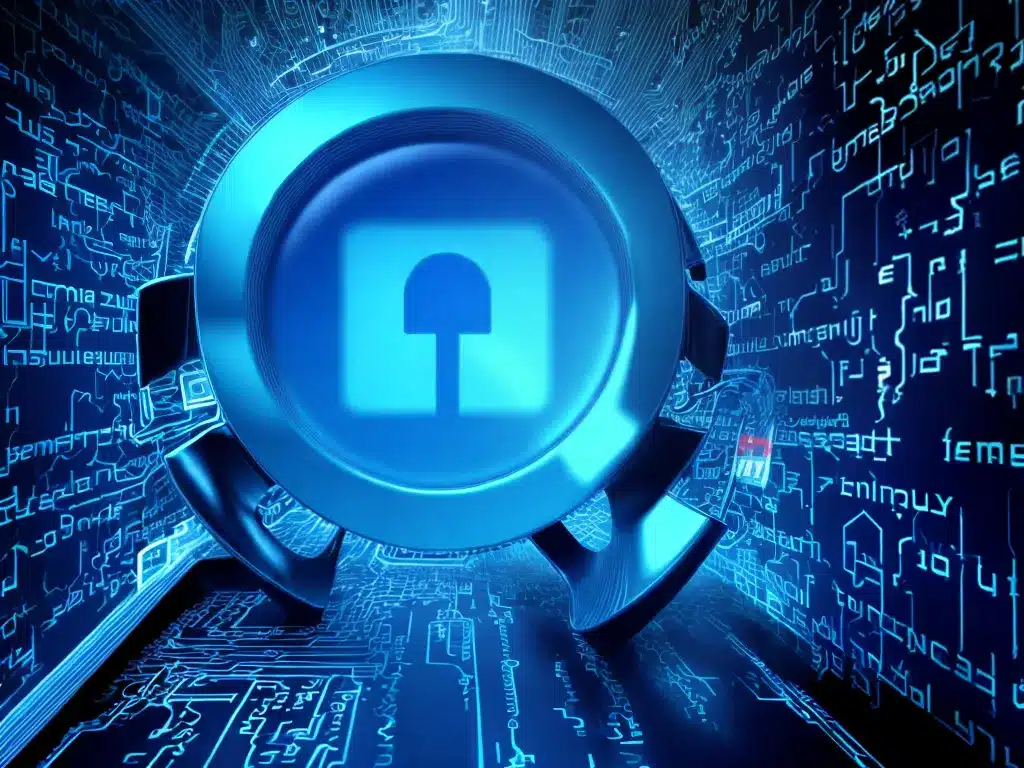
What is Ransomware?
Ransomware is a form of malicious software that encrypts files on a victim’s computer and demands payment in order to decrypt them. Ransomware has been around for years, but remains a serious cybersecurity threat even in 2024.
Some key things to know about ransomware:
-
Ransomware is typically spread through phishing emails, infected websites, or drive-by downloads. The ransomware code remotely locks files and data on infected systems.
-
Payment is demanded in cryptocurrency, like Bitcoin, to unlock the files. The ransom amounts can range from a few hundred to thousands of dollars.
-
High profile ransomware attacks in recent years include WannaCry in 2017, NotPetya in 2017, and Ryuk impacting hundreds of organizations in 2018-2019.
Why Ransomware Remains a Threat
Ransomware persists as a top cyber threat for several reasons:
-
Profitability – Ransomware is lucrative for cyber criminals. The payouts from large organizations in particular can be extremely high. As long as the business model remains profitable, threat actors will continue ransomware campaigns.
-
Adaptability – Ransomware developers continuously adapt their code and tactics to evade detection. Variants using more sophisticated encryption and targeting vulnerabilities in popular software keep emerging.
-
Expanding attack surface – More networked devices and cloud adoption provide ransomware gangs with larger attack surfaces to target. Even OT and IoT networks are being impacted lately.
-
Low barrier to entry – Some ransomware kits are available through malware-as-a-service. This lowers the barrier for less sophisticated actors to launch their own campaigns.
How Can I Protect Myself from Ransomware?
Fortunately, there are steps individuals and organizations can take to reduce the risk of a ransomware attack:
Back Up Important Data
- Maintain regular backups of important files, stored both locally and in the cloud, to avoid permanent data loss. Make sure backups aren’t connected to the network to prevent encryption.
Update Software Regularly
- Patch operating systems, software, and firmware promptly. Ransomware often exploits known vulnerabilities.
Use Strong Passwords
- Utilize strong, unique passwords and multi-factor authentication when possible to prevent credentials being compromised.
Be Wary of Suspicious Emails
- Don’t open attachments or click links from unknown or untrusted sources. Hover over hyperlinks to verify domain.
Limit Privileges
- Only provide admin privileges to accounts that absolutely require them. Ransomware does the most damage when running with admin rights.
Isolate Critical Systems
- Segment networks to limit spread of malware. For industries like healthcare, isolate operational technology (OT) networks.
Deploy Security Solutions
- Leverage anti-malware, next-gen antivirus, endpoint detection and response (EDR), and email security solutions. AI and machine learning improve threat detection.
Outlook for Combatting Ransomware
Ransomware shows no signs of going away anytime soon. However, a combination of user education, security best practices, new technologies, and law enforcement collaboration can help mitigate the severity and frequency of ransomware attacks. Backing up data and controlling privileges are two of the most effective measures individuals can take today to minimize disruptions from ransomware. Staying vigilant and proactively managing cyber risks is key for organizations. With a layered defense and response plan, the ransomware threat can be managed.












